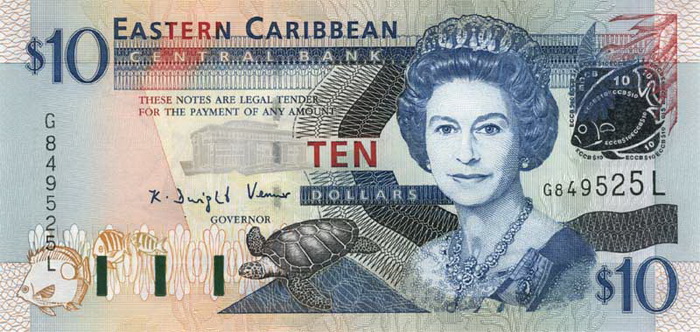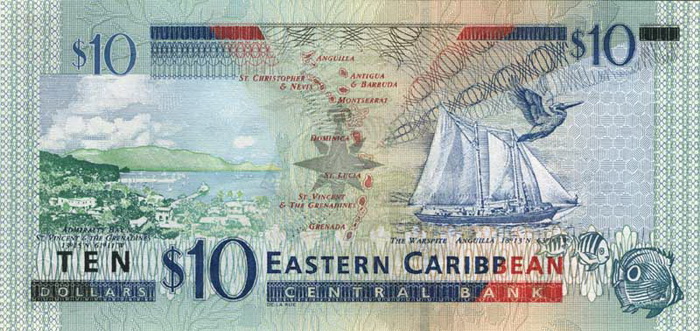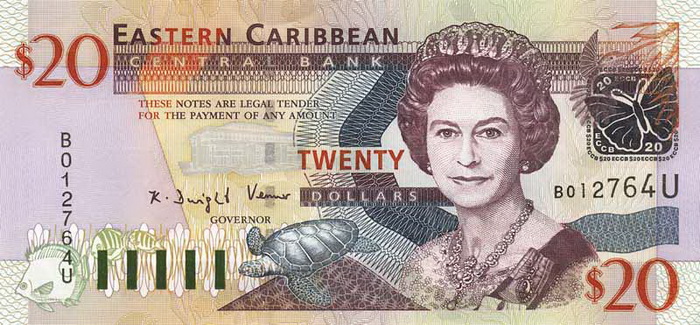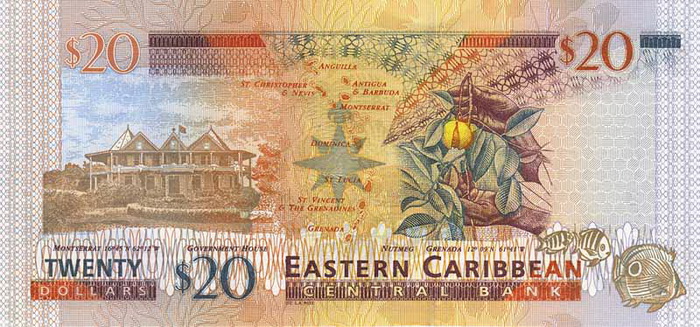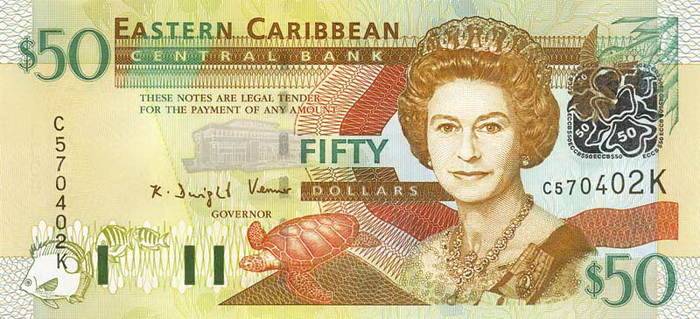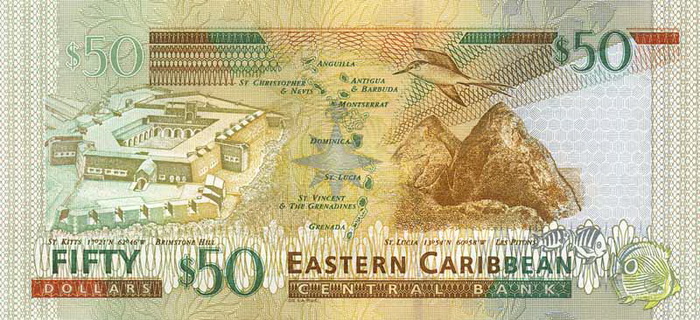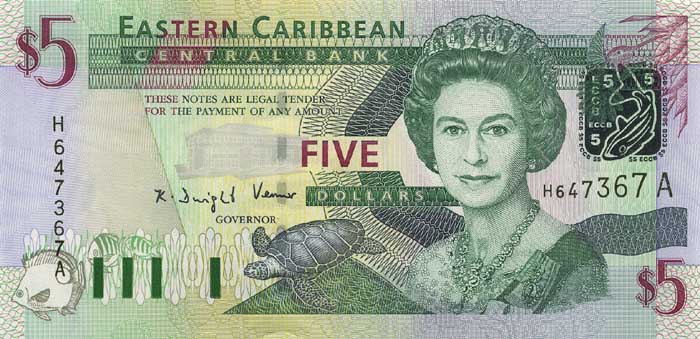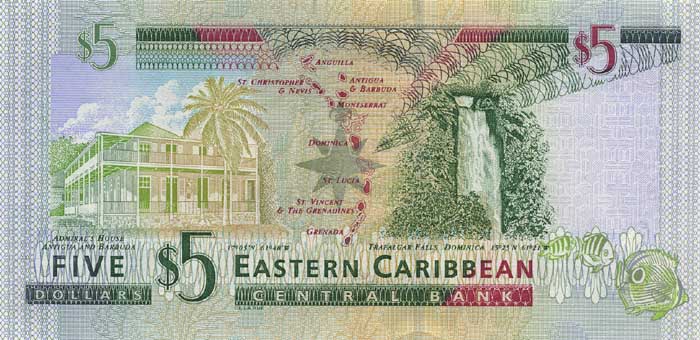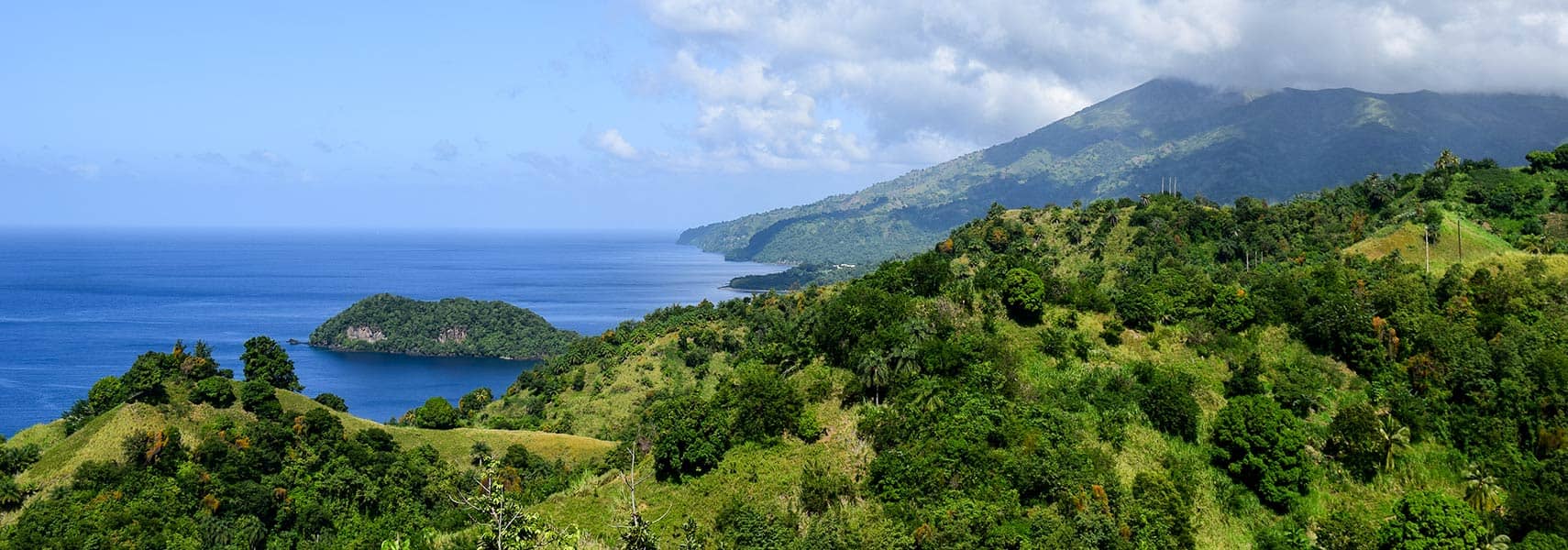Exploring the Wonders of Saint Vincent and the Grenadines
When you think about breathtaking paradise destinations, Saint Vincent and the Grenadines must come to mind. This beautiful archipelago, known in the native tongue as Yurumein—which translates to "the beauty of the rainbows in the valleys"—is a gem nestled in the Lesser Antilles. It is elegantly situated south of Saint Lucia, west of Barbados, and northeast of Grenada. Furthermore, the island nation marks its presence by sharing maritime borders with Trinidad and Tobago, Grenada, Saint Lucia, Barbados, and even Venezuela.
A Glimpse into the Geography
Saint Vincent, a stunning island of volcanic origin, stands out for its dramatic landscapes. Notably, the highest point, La Soufrière, reaches an impressive elevation of 1,234 meters (4,000 feet). As an active stratovolcano, it holds a significant place in the region, boasting a crater lake and a history of eruptions, the most recent occurring in April 1979. In total, Saint Vincent and the Grenadines covers 389 km², with Saint Vincent itself accounting for 344 km². To put this into perspective, it is larger than Malta and almost double the size of Washington, D.C.
Population and Culture
With a population of about 110,000 people (as counted in 2015), the island nation is densely populated. The capital, Kingstown, serves as the chief port and main commercial hub with approximately 25,000 residents. The local population speaks English as the official language, while English Creole adds richness to the linguistic landscape.
Rich Historical Background
The history of Saint Vincent and the Grenadines is as vibrant and colorful as its surroundings. Colonized in 1762, the island saw shifts in control, with France capturing it in 1779, only for Britain to reclaim it in 1783. The nation became part of the British Windward Islands from 1871 until gaining complete independence on October 27, 1979. The Grenadines, composed of 32 islands, include notable names like Bequia, Mustique, Canouan, and Union. Interestingly, several of the smaller islands are privately owned.
Government Structure
Operating as a parliamentary democracy, Saint Vincent and the Grenadines stands as an independent sovereign state within the Commonwealth. The Constitution, established on July 26, 1979, provides a framework for its governance and political structure.
Diverse Geography and Climate
Saint Vincent and the Grenadines enjoys a tropical climate characterized by a rainy season from May to November. The breathtaking terrain features volcanic mountains, with Soufrière's peak rising majestically at 1,234 meters, providing stunning views of the natural beauty surrounding it.
Vibrant Population and Ethnic Diversity
The people of Saint Vincent and the Grenadines proudly identify as Vincentians. About 66% of the population descends from African heritage, 19% is of mixed descent, 6% identifies as West Indian, and 2% traces lineage back to the Carib Indians. The religious landscape reflects a blend of influences, predominantly Christian with a presence of Hinduism. The literacy rate impressively stands at 98%, showcasing the nation's commitment to education.
Natural Resources and Agriculture
Saint Vincent and the Grenadines boasts a wealth of natural resources, including significant hydropower potential and fertile cropland. Agriculture thrives here, primarily as the backbone of the economy, with key products including bananas, coconuts, sweet potatoes, and a variety of spices. Livestock such as cattle, sheep, pigs, and goats add to the agricultural landscape, alongside fishing as a vital source of sustenance and commerce.
Industry and Economic Landscape
In terms of industry, Saint Vincent and the Grenadines has diversified its economic activities. Key sectors include food processing, cement production, furniture making, clothing manufacturing, and starch production. Exports play an essential role in the economy, with bananas, eddoes, dasheen (a type of taro), beer, and arrowroot starch leading the list. The archipelago also produces sea vessels, tennis racquets, and inflatable pleasure crafts, showcasing its industrial capabilities.
Global Trade Relationships
Saint Vincent and the Grenadines engages in trade with several key partners. In 2015, Trinidad and Tobago accounted for 18.9% of exports, followed by Saint Lucia (14.8%) and Barbados (12.3%). This trade relationship underscores the importance of regional partnerships. Imports mirror this pattern, with Trinidad and Tobago supplying 29.3% of goods, while the United States and Singapore follow with 17.2% and 8.7%, respectively.
A Unique Destination Awaits
As you explore Saint Vincent and the Grenadines, its unique landscapes and rich culture promise to leave a lasting impression. With numerous opportunities for adventure, relaxation, and discovery, it's a destination that beckons travelers from around the globe. Whether you relish the volcanic mountains, the stunning beaches, or the vibrant cultural heritage, this archipelago stands as a testament to the beauty of the Caribbean.
Conclusion: The Essence of Saint Vincent and the Grenadines
To summarize, Saint Vincent and the Grenadines embodies a rich tapestry of natural beauty, cultural diversity, and historical significance. As an alluring destination, it captures the imagination of everyone who sets eyes on its stunning landscapes. With its friendly people, breathtaking scenery, and a wealth of resources, this idyllic paradise is truly a treasure trove for locals and visitors alike.
Largest cities of: Saint Vincent and the Grenadines
| City Name | Population | Year of foundation | |
| Kingstown | 15,400 | 1722 | |
| Pays d'en Haut | 4,000 | 1719 | |
| Barrouallie | 3,000 | 1770 | |
| Clifton | 3,000 | 1763 | |
| Georgetown | 2,500 | 1719 | |
| Calliaqua | 2,000 | 1763 | |
| Chateaubelair | 1,500 | 1763 | |
| Richmond | 1,200 | 1763 |
Saint Vincent and the Grenadines: Money
